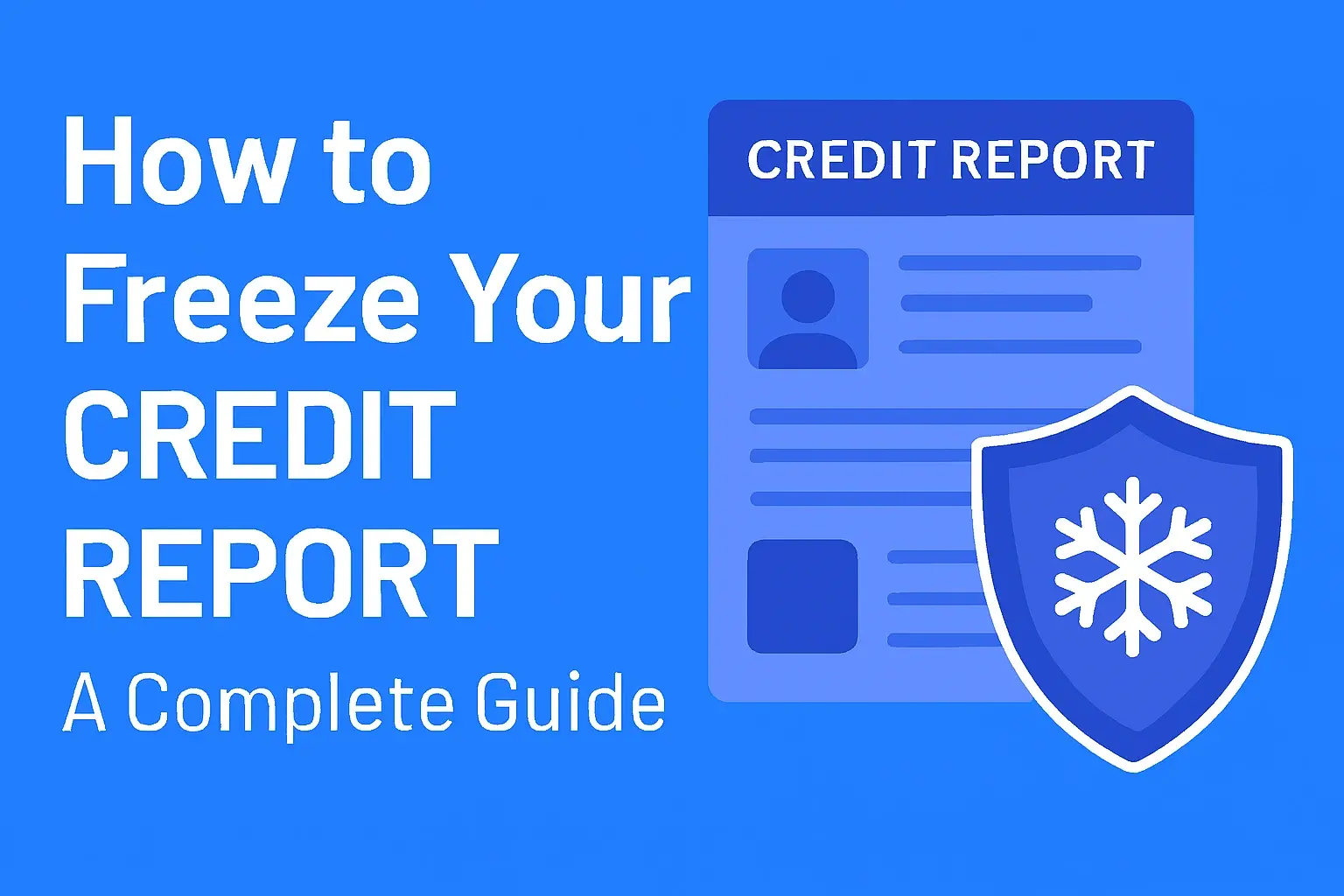-
Posted on: 23 Apr 2025

-
Your credit report plays a crucial role in your financial life. Lenders, landlords, and even employers review it to assess your creditworthiness. Unfortunately, errors on credit reports are common and can negatively impact your credit score. The good news is that you can dispute these inaccuracies and have them corrected.
In this guide, we’ll walk you through the step-by-step process of disputing errors on your credit report, ensuring your credit history remains accurate and fair.
Why is Disputing a Credit Report Important?
The credit report can lead to:
- Lower credit scores – Mistakes like incorrect late payments or fraudulent accounts can hurt your score.
- Higher interest rates – Lenders may offer less favorable terms if your credit report shows negative inaccuracies.
- Loan denials – Errors could lead to rejections for mortgages, auto loans, or credit cards.
By disputing errors, you protect your financial reputation and ensure fair access to credit.
Step 1: Obtain Your Free Credit Reports
Before disputing errors, you need to review your credit reports from all three major credit bureaus:
- Equifax
- Experian
- TransUnion
You’re entitled to one free credit report per year from each bureau through creditrepairease.com. Due to the COVID-19 pandemic, you can currently access free weekly reports until December 2023.
What to Look For:
- Incorrect personal information (name, address, SSN)
- Accounts you don’t recognize (possible identity theft)
- Late payments, you believe, were on time
- Duplicate accounts
- Incorrect account status (closed accounts reported as open)
Step 2: Gather Supporting Documents
To strengthen your dispute, collect evidence such as:
- Bank statements
- Payment confirmations
- Copies of dispute letters
- Identity theft reports (if applicable)
Having documentation increases the chances of a successful dispute.
Step 3: File a Dispute with the Credit Bureau
You can dispute errors online, by mail, or by phone.
Online Dispute (Fastest Method)
Each credit bureau has an online dispute portal:
- Equifax: Dispute Center
- Experian: Dispute Center
- TransUnion: Dispute Center
Pros: Quick processing (typically 30 days)
Cons: Limited space for explanationsStep 2: Contact the Data Furnisher (Creditor or Lender)
Under the FCRA, both the credit bureau and the company that provided the data (bank, credit card issuer, etc.) must investigate disputes.
Send a similar dispute letter to the creditor’s address (found on your billing statement). If they confirm the error, they must update all credit bureaus.
Step 3: Follow Up on Your Dispute
Credit bureaus must respond within 30 days (45 days if you submit additional proof after filing). They will send you:
- A revised credit report if corrections are made.
- A letter explaining the outcome if no changes are made.
If the dispute is denied but you still believe it’s wrong, you can:
- Reopen the dispute with new evidence.
- Add a 100-word statement to your credit report explaining your side.
- File a complaint with the Consumer Financial Protection Bureau (CFPB).
Step 6: Monitor Your Credit Regularly
After resolving disputes, check your credit reports periodically to ensure errors don’t reappear (a practice called "re-aging"). Consider using free credit monitoring services like:
- Credit Karma
- Credit Sesame
- NerdWallet
What If the Credit Bureau Doesn’t Fix the Error?
If the credit bureau refuses to correct a legitimate error, you can:
- File a complaint with the CFPB – They investigate credit reporting issues.
- Hire a credit repair company – Reputable firms can escalate disputes.
- Consult a consumer rights attorney – If the error harms you financially, legal action may be an option under the FCRA.
Final Thoughts
Disputing credit report errors is your legal right. By following these steps, you can ensure your credit history remains accurate and improve your financial opportunities.
Don't let a low credit score hold you back—call (888) 803-7889 for a personalized action plan!











